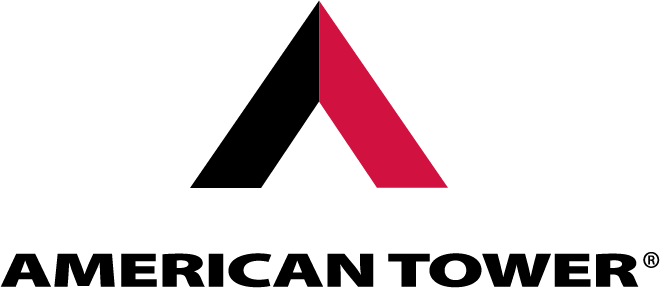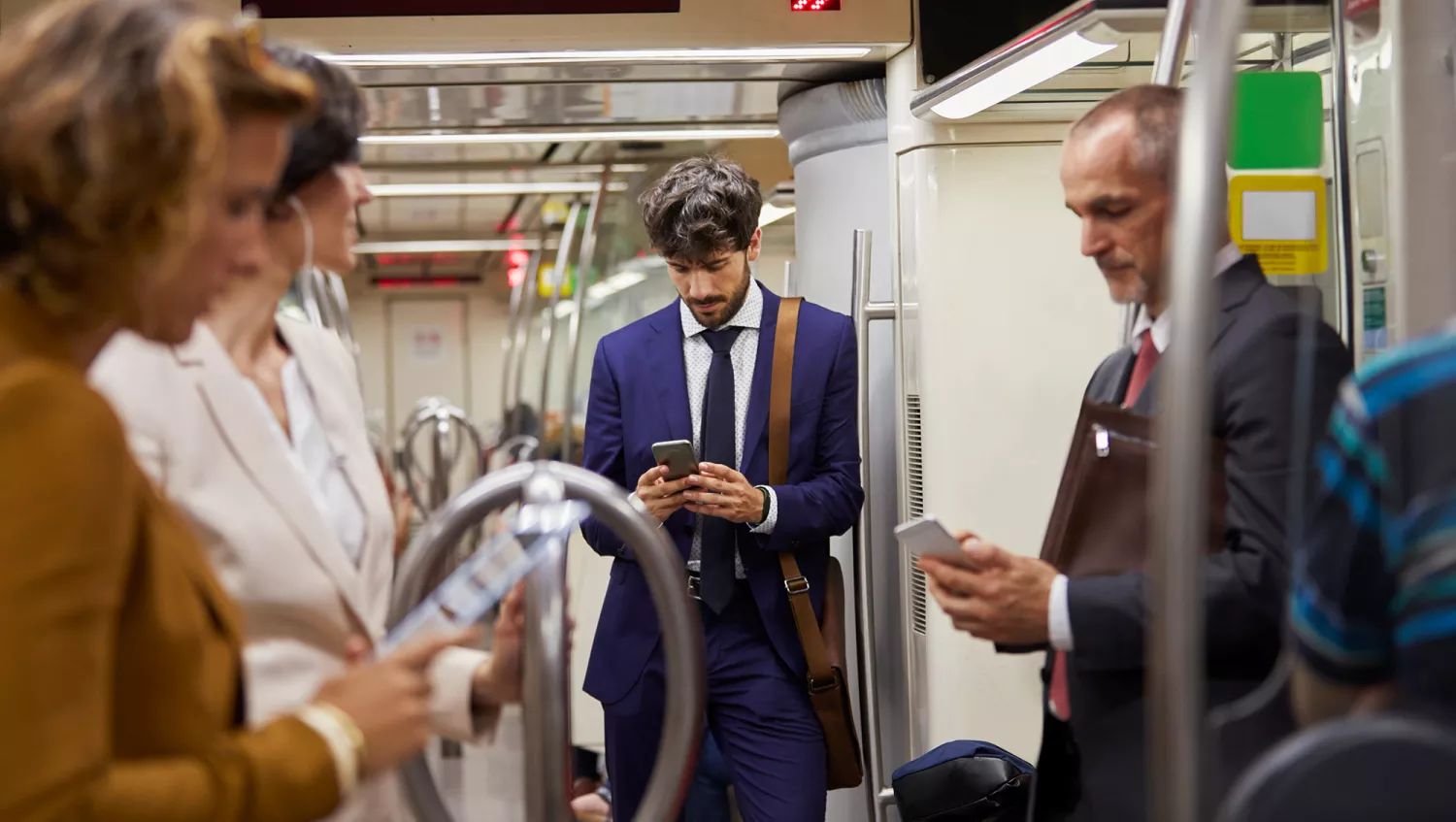Underground transportation systems require a seamless infrastructure solution to ensure wireless connectivity. See the different ways to enhance wireless coverage and the challenges associated with bringing it underground.
Wireless access is a ubiquitous element of the urban landscape. Customers depend on strong connections for everything, from working remotely to enjoying social media to video chatting with loved ones. In most cities, connectivity is a presumed resource—whether customers are above ground or zipping through tunnels underneath.
Ensuring customers enjoy convenient connections, while traveling on the subway, has become a top priority for many Mobile Network Operators (MNOs). However, setting up wireless infrastructure in this unique environment takes a specialized skill set, operational agility, thoughtful consideration, and a storehouse of knowledge gleaned from years of experience.
The Need for Underground Wireless Infrastructure
Every underground transportation system requires a seamless, wireless infrastructure solution to ensure safe and reliable connectivity. Both operators and passengers rely heavily on this dependable underground wireless infrastructure to perform at its peak.
IoT Devices Are Needed by Trains, Operators, and Workers
Handheld and integrated mechanical systems devices often need to stream data from the internet. A strong connection can enhance productivity and ensure the safety of employees, passengers, and workers.
Voice and Video Communication
Customers often don’t have the luxury of putting a call or video conference on hold, just because they’ve gone underground. An MNO that keeps them connected supports both their professional and personal lives.
Email, Content Consumption, and Other Data-Dependent Communication
In addition to email, productivity apps, Customer Relationship Management (CRM) systems, and Virtual Private Network (VPN) connections simply can’t be interrupted when customers travel underground.
Geo-Tracking Apps
Whether people want to know the proximity of their destination or the location of a loved one, geo-tracking often plays a pivotal role in their commutes. Delivery companies also need to know the status of packages in transit to estimate arrival times and troubleshoot issues.
The Challenges of Bringing Wireless Coverage Underground
Above-ground and underground wireless infrastructure couldn’t be more different. Above ground, a tower system consists mainly of lines and antennas. Running lines and positioning antennas, while not without challenges, are relatively straightforward when your “ceiling” is the sky. The confines of a tunnel present a diverse assortment of challenges—many of which have taken years of engineering and troubleshooting to overcome.
Technical Challenges
Transmitting a wireless signal from an MNO to the end-user requires several steps. First, the signal is brought into an equipment room, then converted and sent out to the device. An underground tunnel is only about 12 feet wide, and eight of those feet are consumed by the train itself. As a result, there are difficulties with traditional tactics:
-
Wall antennas won’t fit inside the tunnels, because trains take up all but two feet of space on either side
-
Antennas on or inside trains will not be able to receive a signal from the MNO and above ground radio waves are not able to travel through the ground
After establishing an equipment room that receives the signal from the MNO and converts it, your infrastructure needs to get it to customers in a way that allows them to maintain connectivity without disruption. We’ve found the best way of doing this is through the use of what’s referred to as “leaky coax.”
The Role of Leaky Coax
Leaky coax is coaxial cable run inside a conduit placed in the tunnel, consisting of holes strategically placed in the coax to allow a wireless signal to pass through to the customers in the train. In this way, the signal can be transmitted through the tunnel without the need for antennas.
However, the metal walls of the train present another challenge: Metal walls block a wireless signal. To get around this, American Tower installs leaky coax precisely in line with the windows of the train. As the wireless signal exits the coaxial cable through one of the holes in the coax, it can pass into the train through the window—and into the network interfaces embedded in customer’s devices. Because of the high heat and wet conditions found underground, leaky coax has to be specially engineered to withstand this unique environment.
Equipment Challenges
The cabling, unlike that which runs to your home, is about as thick as a 12-ounce can of soda, which presents significant installation challenges. In one system, American Tower had to run over 19 miles, more than 100,000 feet, of leaky coax. Unlike fiber, which can be cut and run relatively easily, the massive coax necessary for a reliable underground wireless signal is more difficult to manage.
The cable has to be delivered, unspooled, and then hoisted onto the wall where it is installed. Its size and weight necessitate careful manipulation and special machinery to ensure an effective and safe installation.
Scheduling Challenges
To guarantee a safe, successful installation, American Tower has to set up work periods in accordance with complex, inflexible train schedules. This requires working at odd hours of the night to ensure the lives and jobs of riders and employees aren’t interrupted.
Scheduling also has to take into consideration the time it takes to set up, break down, and clean up the jobsite to keep workers and those within the transit system safe. Therefore, concise planning and execution are paramount.
Timing the Start of the Job
American Tower works with both existing and new rail systems. For a new rail system installation, each job can only be started when the rail itself is designated as “substantially complete” by the transportation system’s governing body. This requires unique agility, particularly because American Tower has to navigate any delays or other schedule adjustments that impact the railway construction process.
Governance and Safety Issues
The building process involves conforming to governance standards and regulations maintained by the transportation system. These are often more stringent than those of the municipality and even OSHA (Occupational Safety and Health Administration).
To create a safe environment, without impacting productivity, American Tower coordinates with a wide range of tradespeople with different skill sets. With high-voltage electrical lines and very little room for error, precision is absolutely necessary. American Tower carefully ensures both safety and performance standards are met throughout the installation.
Installation Safety
To keep everyone safe, workers are strategically placed at specific locations to signal others regarding the approach of a train or other vehicle. American Tower adheres to the stringent safety standards of the transportation system’s governing body. We protect those involved in the project, as well as the people working in and moving through the rail system.
Aesthetic Challenges
The aesthetic requirements of the transportation system’s administration are also a prime concern, particularly because some higher profile properties don’t want the wireless infrastructure to negatively impact the visual landscape. American Tower has designed extremely low-profile installations that supplement the existing aesthetics and architectural elements of the underground system.
The American Tower Solution
American Tower has successfully taken these considerations into account in many miles of installations—all while meeting the technological requirements of MNOs and the safety, scheduling, and aesthetic needs of those managing the transportation system.
The result is an installation that serves cellular customers, the train system infrastructure, and the thousands of people who work within the transportation system.


